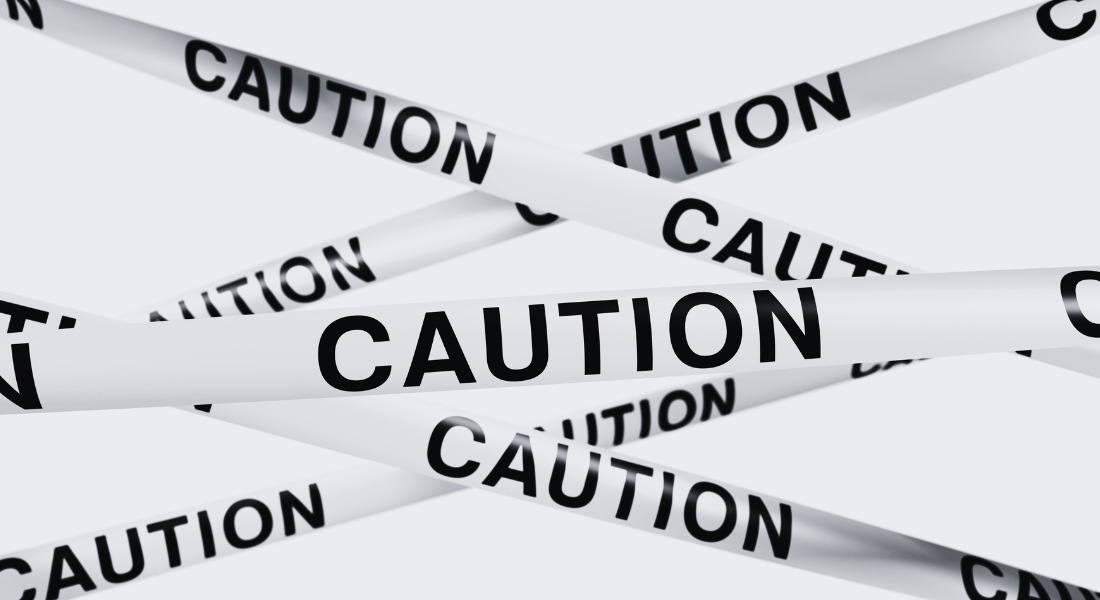PR and journalism – an enduring and evolving relationship
By Rachel Murray
A s someone who’s been working in brand comms since the 90s, I am prone to reflect on the way that the PR/journalist relationship has evolved over the past few decades.
The new media landscape, and the way audiences now consume news, has forced publications to deliver content in different formats and volumes. As well as creating opportunities and challenges for both parties, this has changed the nature of our interactions and, as a result, our working dynamic.
The way we were – phone v email
Many Gen X PRs (those born between 1965 and 1980) will remember the bark of an impatient journalist – on a deadline, not interested, do you even know what you’re talking about…? For a young account exec getting their head around several clients and emerging technologies, deep breaths were often required before dialling a publication’s number. Journalists held the power in the relationship, and fools were not suffered at all.
Of course a phone conversation rarely happens these days – what with remote working and the general preference for email as the primary means of communication. I won’t even go into sending press releases via Royal Mail (yes, we really did), but a phone call was an effective way to pitch a client. Once a green account exec of the 1990s had cut their teeth and clocked when to avoid publication deadlines, they could expect instant, albeit often harsh, feedback. They might even have the opportunity to discuss angles to make the story one that the journalist would cover.

"Journalists can no longer indulge in an afternoon in Quaglinos, discussing products and business approaches. They need to be at their desks."Rachel Murray Account Director
More content, now
As email communication and internet usage became ubiquitous, and blogs, social media, and online news sites proliferated, the nature of journalism shifted, and with it the part that PR plays.
These new channels required more content to remain relevant, so journalists came under great pressure to keep the volume up. Added to cut backs across the press, this meant that the lengthy lunches we all used to enjoy were out: journalists can no longer indulge in an afternoon in Quaglinos, discussing products and business approaches. They need to be at their desks, producing more articles, faster, often updating them real-time as events unfold.
Another effect of the new media landscape is that editors are no longer the only ones deciding what is newsworthy or important. With a few clicks, anyone can share information, whether factual or not, and potentially reach a vast audience. To compete and differentiate, journalists have to produce compelling stories, ensuring they are reporting from credible sources and avoiding misinformation. Yes, this is what they have always striven to do, but now there’s more noise to cut through, more demand to be instant, and, just more.

"It can be hard for the PR email to rise above all the noise, but knowing what the journalist needs to do their job more effectively helps to get it right."Rachel Murray Account Director
Signalling a mutually beneficial relationship
These factors mean that journalists have become more reliant on PRs sending them stories. At a briefing event I attended last year, editors from national news and features desks explained how they received hundreds of emails from PR agencies every day. While this could be overwhelming, they said that it is a vital way to access story ideas, valuable information and key sources.
They agreed that a well-crafted email, tailored for the publication and the preferences of the particular journalist, can lead to mutually beneficial outcomes: the journalist gains a flow of relevant content that they can use to inform and interest their readership; the PR gets to build the profile of their client amongst its target audience.
It can be hard for the PR email to rise above all the noise, but knowing what the journalist needs to do their job more effectively helps to get it right. Relationships are really important too – editors will inevitably pick up emails from PRs they know to provide trustworthy and newsworthy stories.
This has always been the case but pitching over email rather than the phone allows time to present a story as the journalist might like to write it themselves, providing links to additional information and images to boost its appeal. Furthermore, it significantly reduces the fear of receiving a scathing response from a disgruntled hack at the end of the line. On the other hand, it’s easy to get lost amongst the rest. To stand out, PRs need to make sure the subject line hits the mark and the content is super-relevant.
A new model of collaboration
Ways of working may now be different, but our objectives haven’t changed: for the journalist it’s still about investigating and revealing insights to inform their readers of things that are important to them. For PR it is raising the profile of the client and presenting them in a positive light.
However, the dynamic has changed irrevocably. While the relationship between journalists and PR professionals has always been symbiotic, this new model emphasises a more collaborative approach, with both parties recognising the value of working together. What may have been a somewhat adversarial relationship has, for some, evolved into more of a partnership. I do miss those phone calls though.
Share this:





